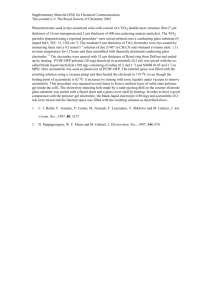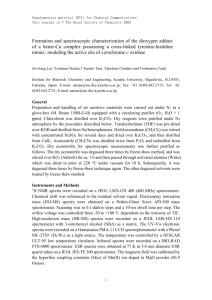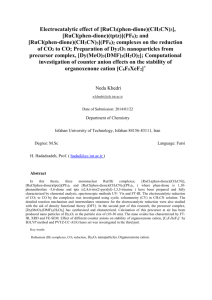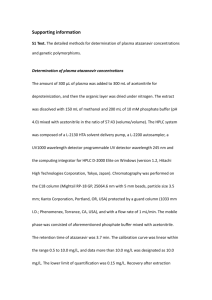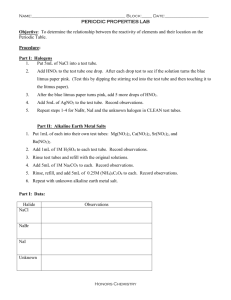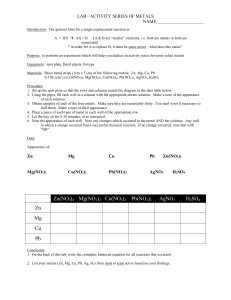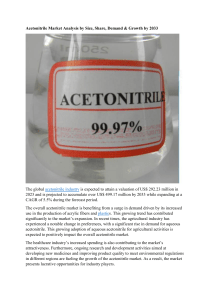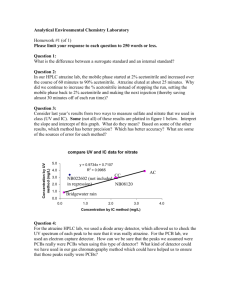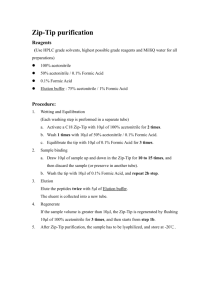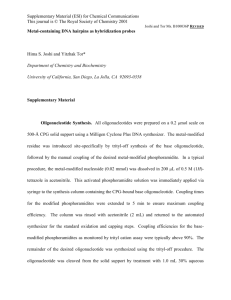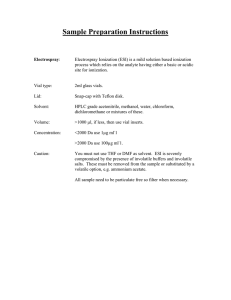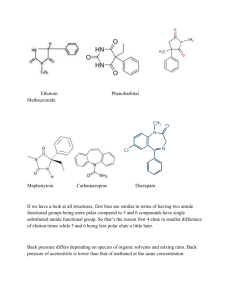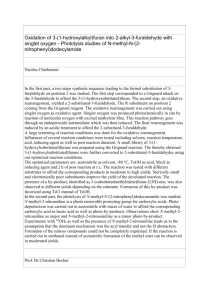ProbSet13
advertisement
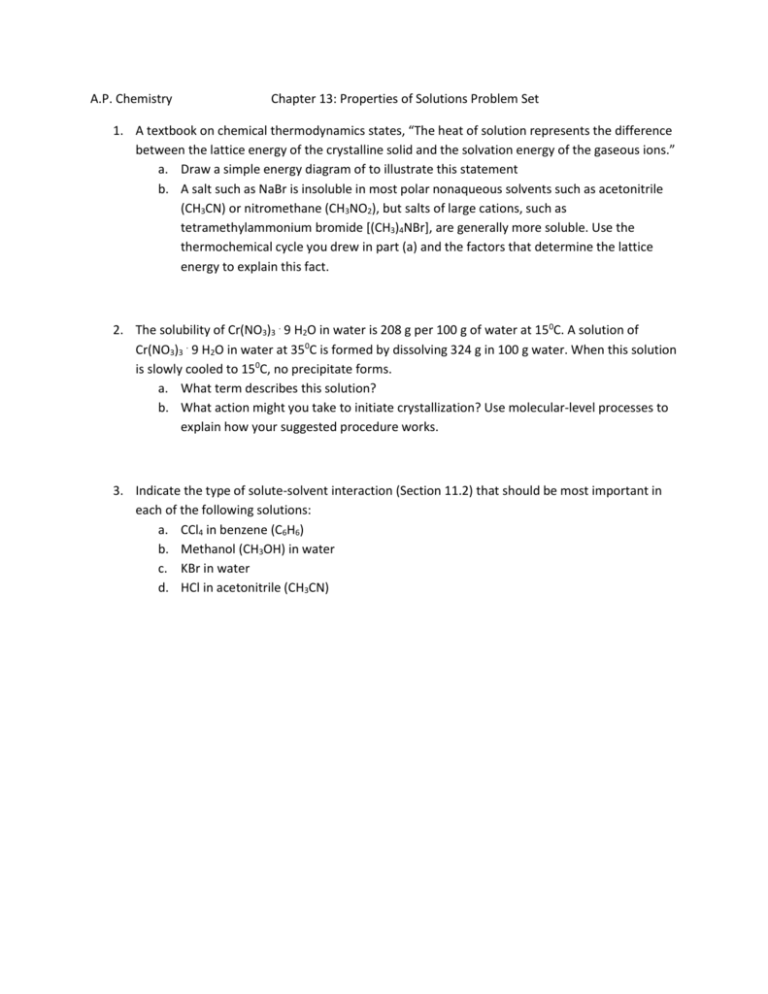
A.P. Chemistry Chapter 13: Properties of Solutions Problem Set 1. A textbook on chemical thermodynamics states, “The heat of solution represents the difference between the lattice energy of the crystalline solid and the solvation energy of the gaseous ions.” a. Draw a simple energy diagram of to illustrate this statement b. A salt such as NaBr is insoluble in most polar nonaqueous solvents such as acetonitrile (CH3CN) or nitromethane (CH3NO2), but salts of large cations, such as tetramethylammonium bromide [(CH3)4NBr], are generally more soluble. Use the thermochemical cycle you drew in part (a) and the factors that determine the lattice energy to explain this fact. 2. The solubility of Cr(NO3)3 . 9 H2O in water is 208 g per 100 g of water at 150C. A solution of Cr(NO3)3 . 9 H2O in water at 350C is formed by dissolving 324 g in 100 g water. When this solution is slowly cooled to 150C, no precipitate forms. a. What term describes this solution? b. What action might you take to initiate crystallization? Use molecular-level processes to explain how your suggested procedure works. 3. Indicate the type of solute-solvent interaction (Section 11.2) that should be most important in each of the following solutions: a. CCl4 in benzene (C6H6) b. Methanol (CH3OH) in water c. KBr in water d. HCl in acetonitrile (CH3CN)

